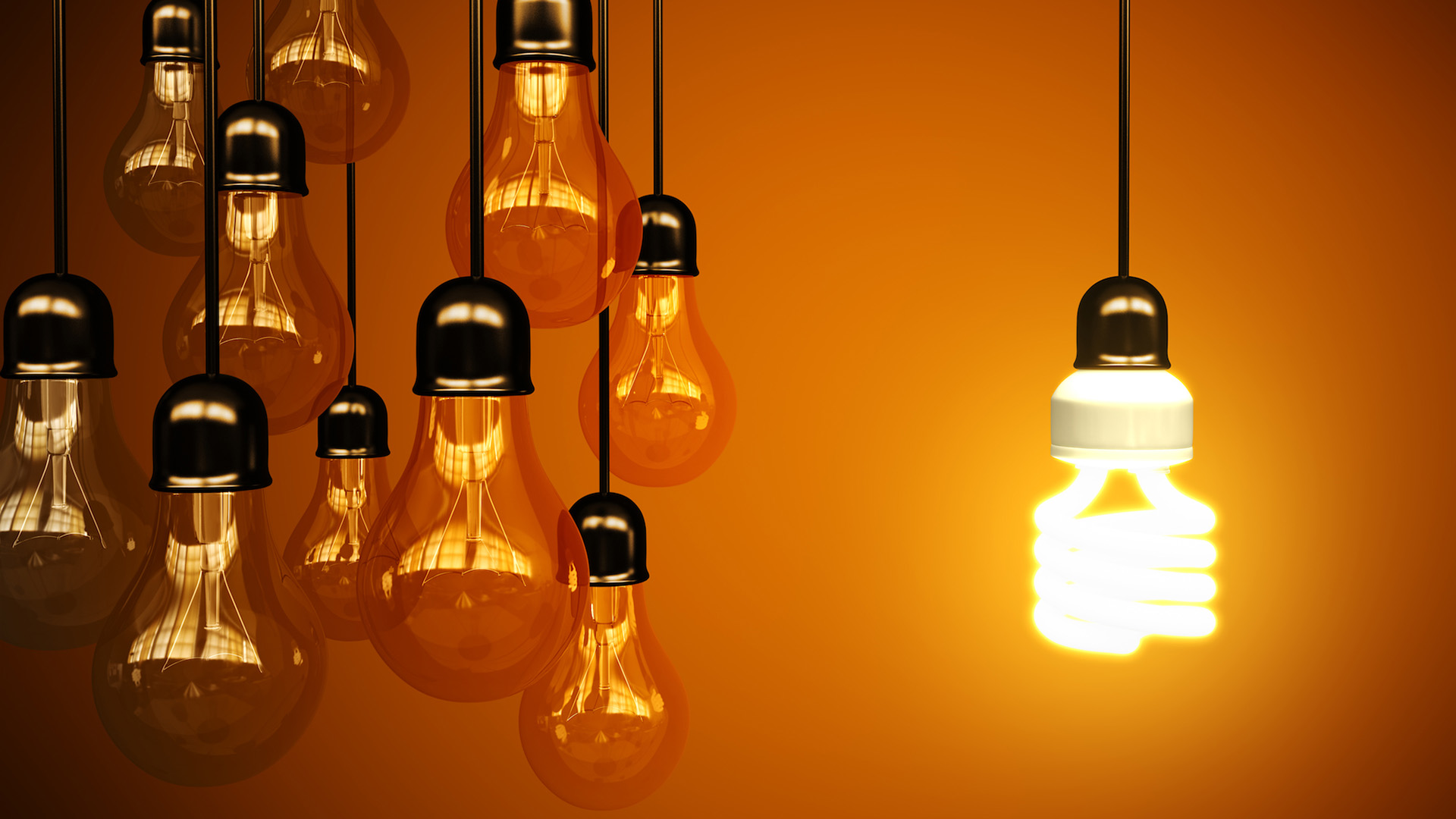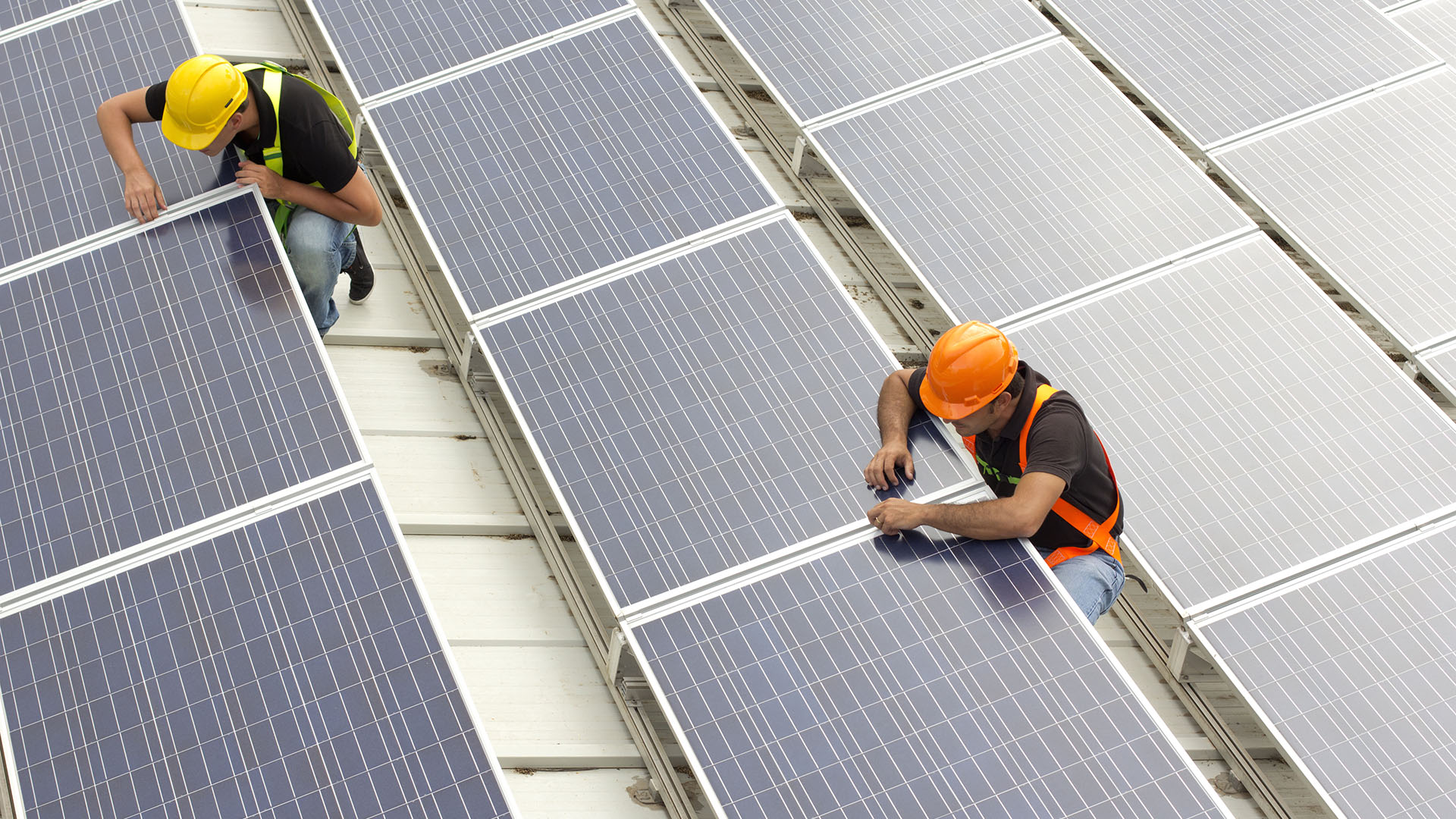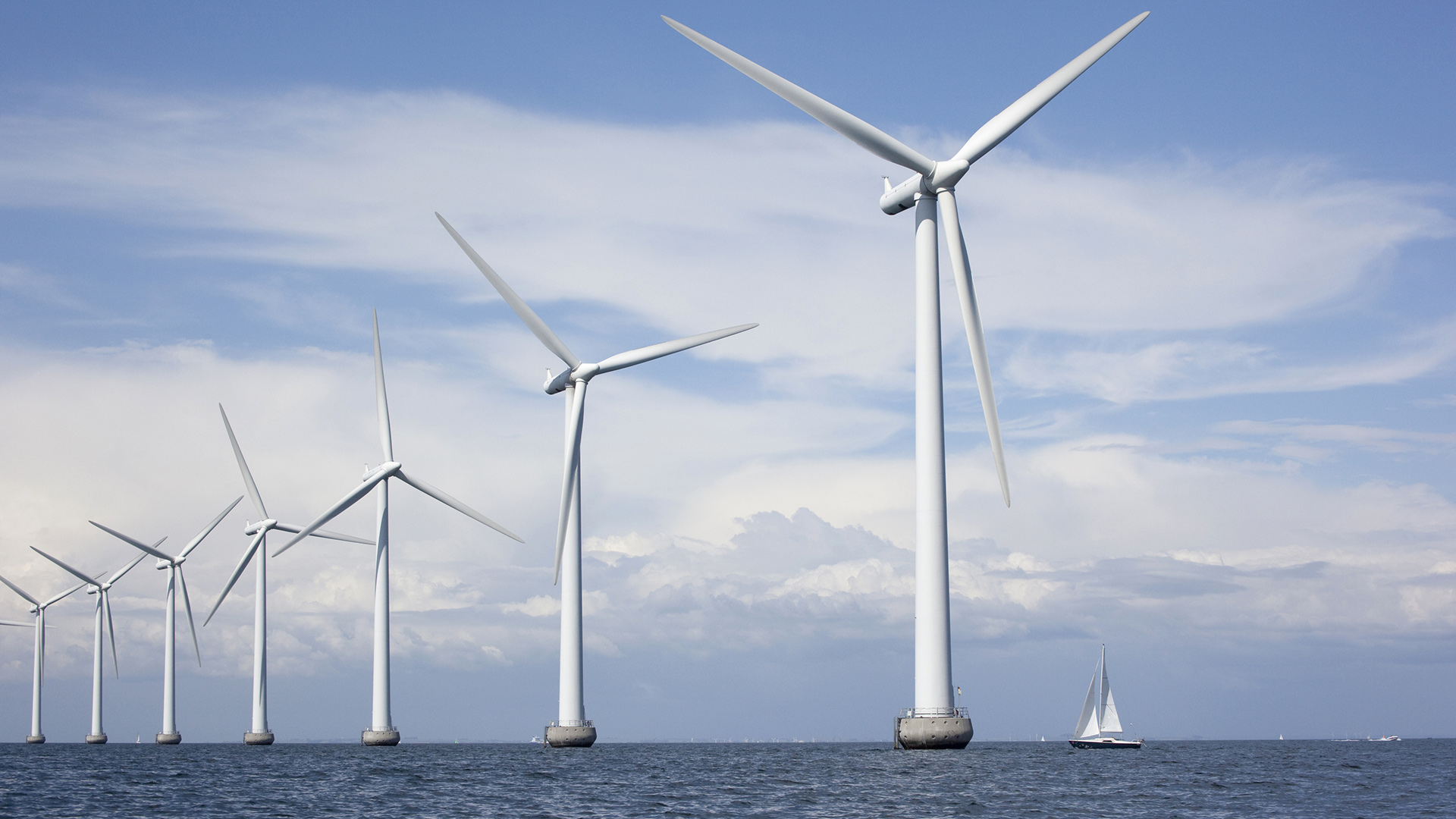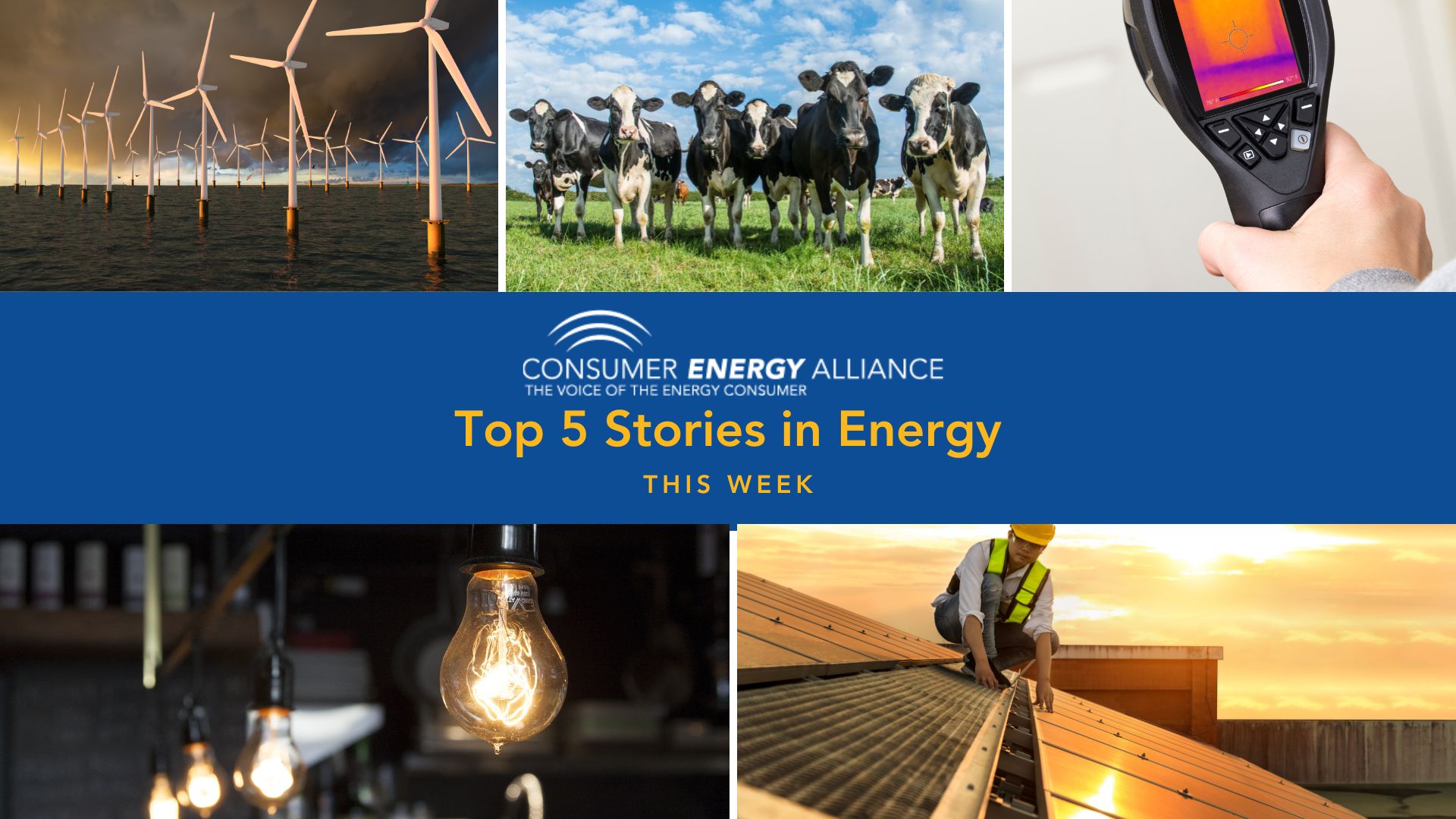The White House invited executives from an array of U.S. industries and businesses, including energy, food, and banks, to discuss ongoing supply chain issues and ways to lessen the economic shocks surrounding Russia’s Feb. 24 invasion of Ukraine. The Interior Department also announced that it is continuing oil and gas leasing on federal lands after a court reinstated its ability to calculate climate costs.
The Biden Administration was faced with tough and few appealing choices to tackle the ongoing and record high U.S. gasoline prices. Some states are looking at direct payments to help ease the pain people are feeling at the gas pump and grocery store. However, a new poll revealed a majority of Americans across every demographic (60%) believe the only way to bring down record high gasoline prices is to begin immediate domestic energy production.
The U.S. and Europe are set to discuss ongoing energy issues and ways to increase liquefied natural gas supplies to Europe at a NATO summit on Friday.
Want more of this week’s biggest news in energy? Check our top five favorite stories below.
Can dung be used in producing greener energy?
As part of India’s shift towards greener energy, a local coal mining hub will soon start using piles of cow dung to power rural industries and homes. Business Day explains how generating energy from cow dung will help India reach their goals of becoming net-zero in carbon emissions by 2070.

New research finds light increases performance of fuel cells and lithium-ion batteries
Researchers have shown for the first time that light can be used to increase the mobility of ions inside lithium-ion batteries to improve the performance of the devices they power. The Brighter Side explains how light can reduces the barriers encountered by ions to increase their mobility and improve overall performance.

Energy efficiency strategies help save Hawaiian public school $500,000
The Hawaii Department of Education was the third largest electricity consumer in the state due to inefficient energy design in its schools. Fast Company shares the story of how one Hawaiian middle school prioritized energy efficiency in their renovations and achieved 64% savings in energy usage, translating to $500,000 a year.

New material allows solar panels to generate more power on not-so-sunny days
A new material made from fruit and vegetable waste captures the sun’s ultraviolet rays and converts them into renewable energy. The World Economic Forum describes how the material uses naturally occurring luminescent particles which capture ultraviolet rays and then emit the energy as visible light.

U.S. announces first offshore wind lease sale off the Carolinas
Today, the U.S. Department of Interior’s Bureau of Ocean Management announced it will hold its first offshore wind energy lease sale off the Carolinas this May. Electrek shares that the leases up for sale off the coasts of North and South Carolina could be used to generate up to 1.3 gigawatts of wind energy – enough to power nearly 500,000 homes.


